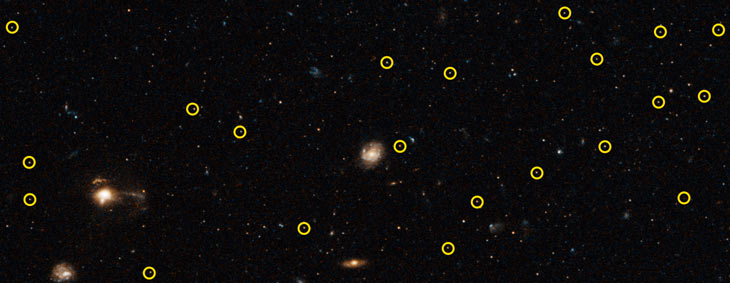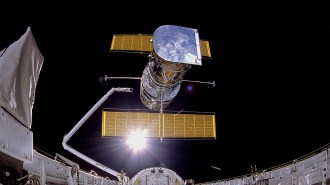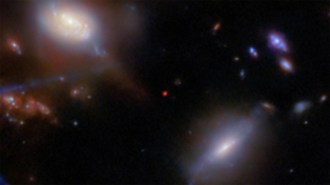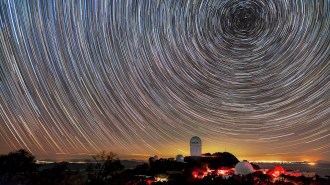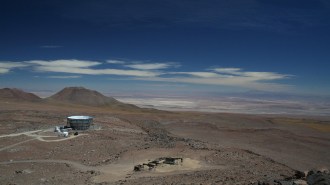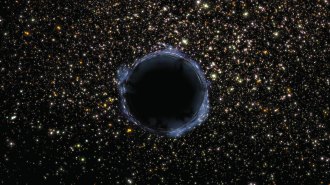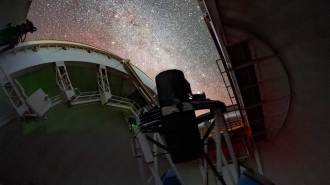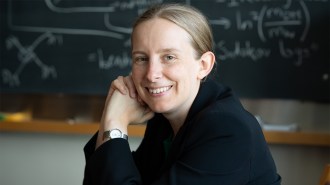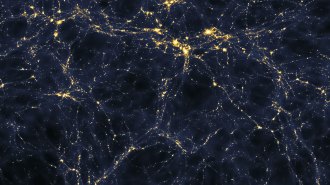Scientists still can’t agree on the universe’s expansion rate
A new study leaves the puzzle of the Hubble constant unresolved
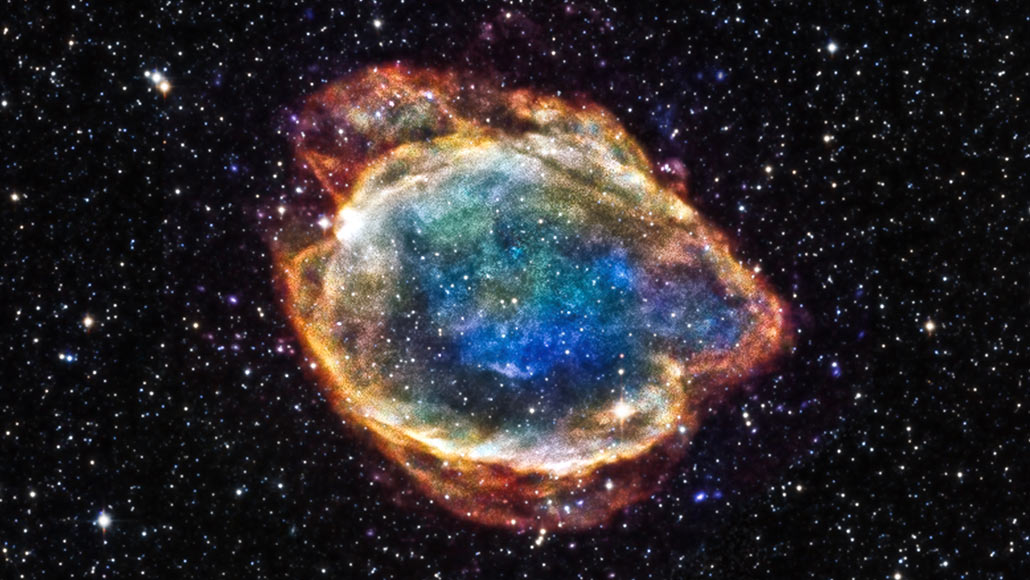
SUPERNOVA SURPRISE The universe’s expansion rate can be measured using stellar explosions called type 1a supernovas (one remnant of such an explosion shown). A new study deepens the quandary about why some supernova measurements disagree with estimates made using light from early in the universe’s history.
CXC/NASA, Univ. of Texas
